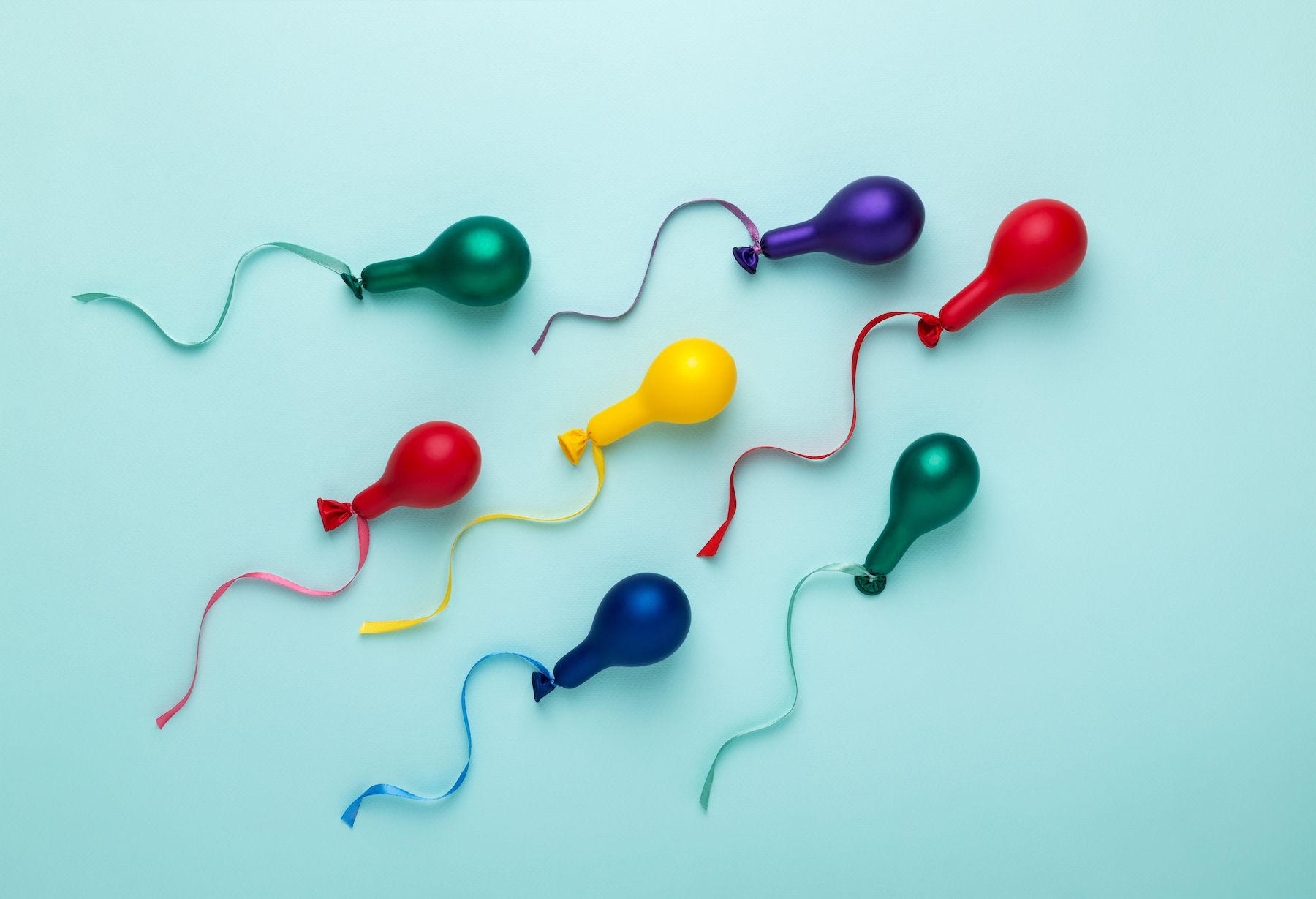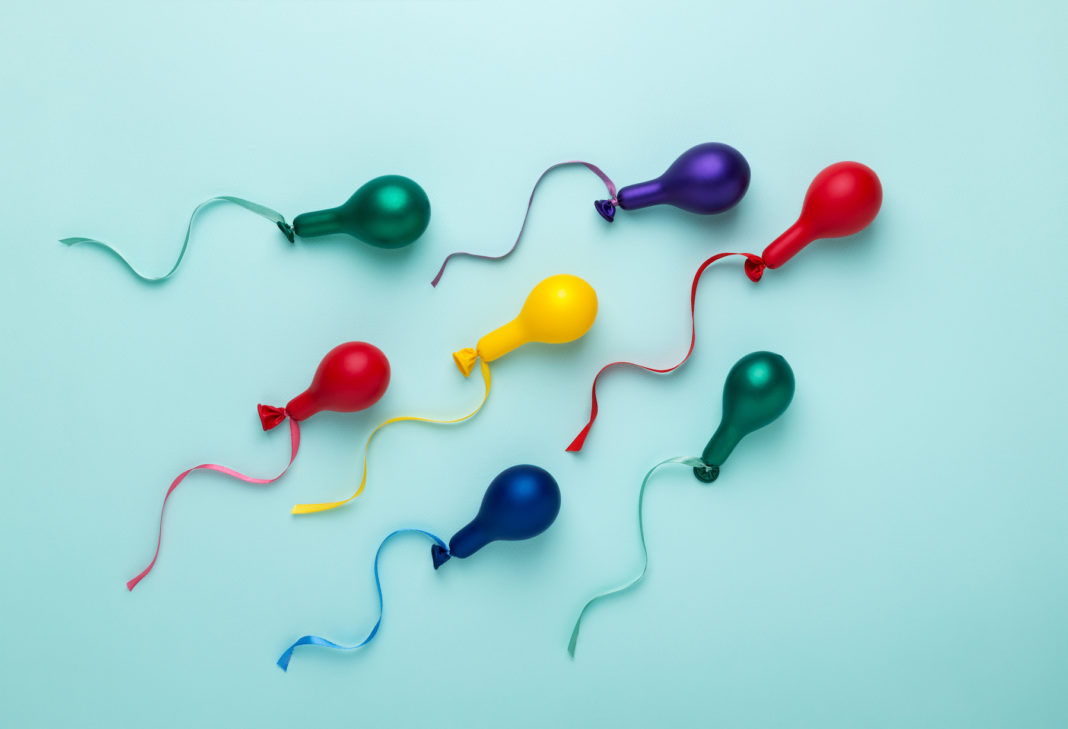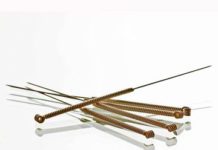
Men need more than one sperm—lots, lots more than one—to fertilize an egg after intercourse. In a typical ejaculate (about a teaspoon), 250 million sperm are released. But of those 250 million, only hundreds make it as far as the fallopian tubes. Functioning as a kind of synchronized sports team, most of the sperm release an enzyme that helps clear the pathway to the egg so that one sperm can penetrate it.
While there’s no magic number when it comes to sperm counts, 20 million or more sperm per milliliter of ejaculate is the benchmark that most physicians consider “normal.” But a sperm count below that number doesn’t have to be devastating. “It may just mean that the time to conception will be longer,” explains Steven M. Schrader, Ph.D., lead of the reproductive health assessment team of the National Institute for Occupational Safety and Health.
Sperm count isn’t the only measure of reproductive success. Male fertility also depends in part on sperm morphology (shape) and sperm motility (movement). While couples always want to know which of these three sperm measures matters most—count, morphology or motility—giving a single factor star billing doesn’t make any sense at all. Says Schrader, “It’s like asking what part of your car is most important. Maybe you think it would be the engine, but just try to get somewhere without the tires. And what about the steering wheel?”
The good news is that assisted reproductive technologies—and especially intracytoplasmic sperm injection, in which a single sperm is injected into an egg—can give sperm a boost when a sperm analysis has identified a problem in one of the three key areas. Today, fertilization may be possible with even the worst semen analysis results.
































